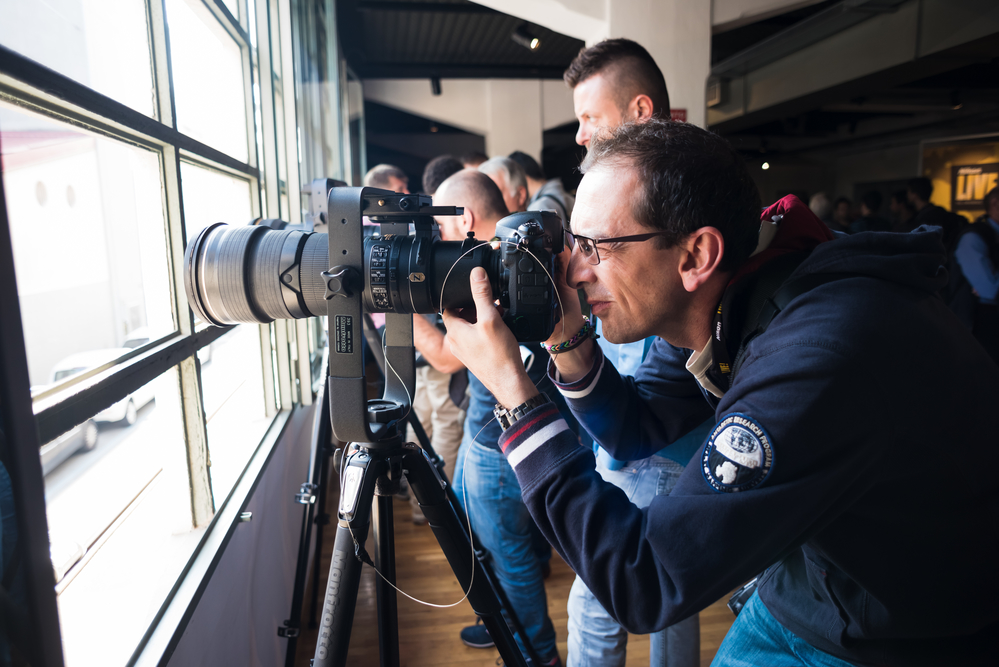Finding the perfect shot is never easy, but when you’ve got a crowd of people, unexpected movements and poor lighting to deal with it can be even tougher. Live events, whether it’s a concert or a sporting showdown, offer some great opportunities to capture an inspiring shot, but only if you’re prepared.
As with all environments, live events pose their own set of problems. Is it indoors or outdoors? Are there multiple people to focus on or just one? How close can you get to the action? These are just some of the questions you’ll have to ask yourself if you’re prepping for a live event. Of course, there’s never a “one size fits all” set of standards you can follow if you’re looking to whip out your camera at a live event.
Here, we’ve picked out some things you need to consider by analysing two unique environments.
Live Poker Events: Finding Your Target in Bad Light
Since the early noughties, poker tournaments have been mass-participation events with thousands of players riffling chips in unison inside some of the top casinos in the world. One of the biggest problems photographers have when taking pictures inside a poker room is the lighting. The lack of windows and therefore natural light makes them dim in places. This problem is compounded by the fact you can’t use a flash inside the building.
To counter this, it’s important to turn up the ISO on your camera and, if possible, uses lenses with an aperture of 2.8 or less. Once you’ve found what you’re looking for, you then need to find your target. Live poker tournaments are a mixture of amateur qualifiers and established pros, which means you need to know what you’re looking for before you start.
A Stage Show: Know the Action, Know Your Position
Assuming you’re permitted to take pictures inside a theatre, the one obstacle you’ll have to overcome is privacy. Stage shows, such as a play, place the audience in darkness for a reason: they want each individual to feel as though they are alone with nothing between them and the well-lit stage.
Breaking this dynamic is a no-no for everyone involved which means you can’t overstep the mark as a photographer. Unsurprisingly, you won’t be able to use your flash, but the main challenge you’ll face is the angle of your shot. Getting into a position where you can capture the full panorama of the action without disturbing the audience or actors isn’t easy.
One tip you can use to improve your images is to use a long lens. Anything within the 70mm to 200mm range (Canon’s EF f/2.8L II USM is a good option) should help you improve your reach and allow you to snap away from almost any angle. Another way to increase your chances of taking the perfect photo is to anticipate the action.
Just as it is important to memorise who your targets are at a poker tournament, it pays to know the running order of a play. Having an understanding of the action will allow you to manoeuvre yourself closer to the stage when it will have the least impact on the audience and then retreat when necessary.
Dynamics Are As Important as Equipment
As you can see from these two examples, taking the perfect shot at a live event is as much about your equipment as your own positioning. Knowing the context of your surroundings, where the best shots will be and what the mood of the situation is will all help you to tailor your strategy in the most appropriate way.
In fact, that’s probably the most important lesson you need to learn when you’re photographing a live event. Getting the technical information is easy enough, but having a clear understanding of what’s going on around you, what you’re permitted to do and how the action will flow are the things that will really make your shots pop.

